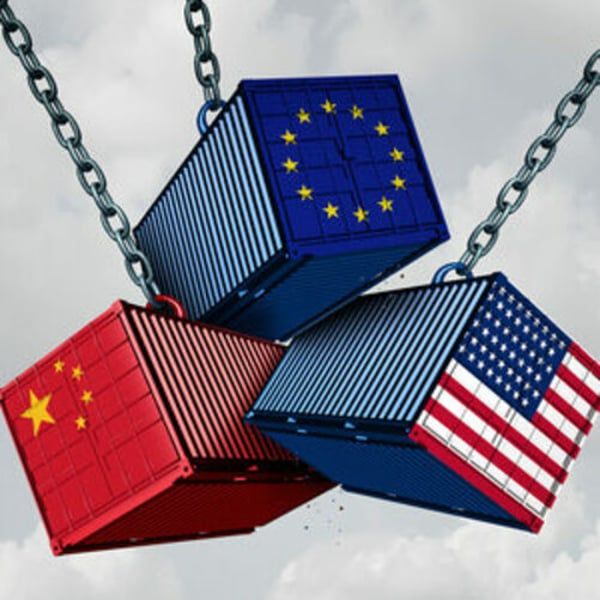Translated by
Nazia Bibi Keenoo
Published
August 29, 2025
The year 2025 is emerging as a turning point in global trade, since the United States intensifies a customs battle with nations where it has large deficits. Fashionnetwork.com review the agreements and key summer statements that could remodel supply strategies in textiles, clothing and beauty.
After the tense negotiations, the United States and the European Union reached an agreement in Scotland on July 27, limit US tariffs on European goods to 15%. The measure entered into force on August 7. The agreement ha divided the political and commercial communities of Europe. French prime minister François Bayrou, described him as “submission” to Washington's pressurewhile Bernard Arnault de LVMH called him the minor of two ills, and pointed out that former President Donald Trump had repeatedly threatened A 50% tax.
Other nations have not been so successful in the deviation of Washington's demands. China, the main objective, now faces a 55%rate. India is preparing for a 50% tariff, twice the initial 25%, since Trump takes reprisals against his purchases of Russian oil. The blow is especially worrying for the Indian textile industry, the second largest employer in the country and one that depends largely on US buyers. As with China, what is now taxed With 55%, India hopes to change its growth towards Europe. Meanwhile, Bangladesh was beaten with a lower rate of 20%, which could help him win the market share of the highest impulse rivals. Even so, the country is working to Block European ordersdistrust of the unpredictability of American politics.
Punish EU for containing US technology
The unpredictability was exhibited again this week while Trump threatened tariffs on countries that impose regulations on digital platforms. Washington accuses the EU to point out American technology firms. The European Commission denied this, citing multiple European decisions Against Chinese platforms as evidence of its neutrality. Even so, when opening a new “front”, Trump made it clear that tariffs remain a weapon that is willing to use far beyond commercial deficits.

The United States pressure can also be applied indirectly. On August 28, Bloomberg cited three Mexican officials who said that the country was preparing to tax Chinese imports, and potentially other Asian goods. China quickly backed down, denouncing what it called a “coercive” position, since Mexico is already under fire from Washington for serving as a low -cost products center that are directed to the US market. Currently 25% taxed by Washington, Mexico, you could see that the rate increases to 35% as the conversations continue. Some analysts see Mexico's proposal to tax Chinese products as a gesture of goodwill to Washington, while the two countries remain locked in a confrontation on immigration.
Copyright © 2025 Fashionnetwork.com All rights reserved.












